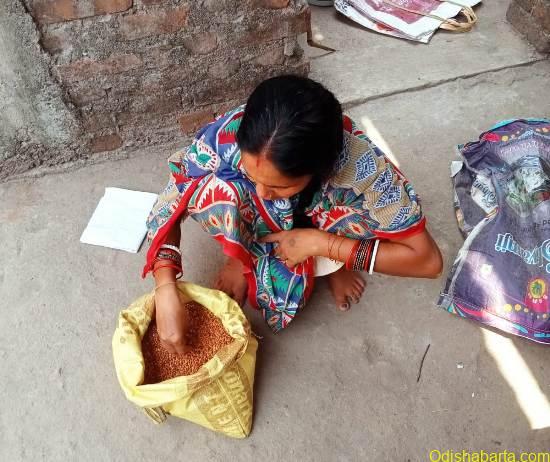Second Crop Can Revolutionize Farmers’ Livelihood in Odisha

Bureau,Odoshabarta.

CSOs praise the Odisha government’s efforts to promote second crops through the RKVY scheme.
Bhubaneswar- A recent crop survey conducted by Atmashakti, in collaboration with Odisha Shramajeebee Mancha (OSM) and Mahila Shramajeebee Mancha, Odisha (MSMO), has revealed the significant impact of the Odisha government’s RashtriyaKrishiVikasYojana (RKVY) scheme on second crop farming in the state.
The study covered 4,003 farmers across 13 blocks in Gajapati, Boudh, Nabarangpur, and Deogarh districts in Odisha. It examined six major seed crops: Green Gram, Black Gram, Arhar, Horse Gram, Mustard, and Chickpea. The study findings revealed that the RKVY scheme not only promoted sustainable agriculture practices but also helped enhance farmer income, sustained soil fertility and added increased protein diets in their food plates.
The scheme’s success in promoting second-crop farming positively impacted farmers’ livelihoods.
Major findings from the survey include:
The survey findings reveal that Green Gram is the most profitable crop, with an output benefit of Rs 29920 per farmer, followed by Arhar and Black Gram. Farmers can expect an output benefit of Rs 21231 per farmer and a net benefit of Rs 21870 per farmer after input costs.
The average net benefit per farmer from government and NGO sources was Rs 21,870, whereas farmers who sourced seed locally had a net benefit of Rs 20,592 after deducting the seed cost.
One of the study findings revealed that, on average, farmers utilized 1.1 acres of land for second-crop farming.
According to the study results, 60% of the farmers received seeds from the government, 6.6% obtained seeds from an NGO, and 33.4% sourced seeds locally.
The study findings indicate that 33.75% of farmers reported using traditional organic fertilizer- pot medicine.
97% of farmers expressed willingness to continue practicing traditional farming methods the following year, which suggests a growing interest in sustainable agriculture practices.
This study found that on average, farmers received 7.8 kgs of seeds and incurred a weighted average input cost of 639 Rs per farmer.
Promotion of Second Crop can bring promising results in improving farmer’s livelihood
Ms. Ruchi Kashyap, Executive Trustee of Atmashakti Trust, highlights the potential benefits of a second crop: “Second crop benefit is equal to the wage of 80 days of work in MGNREGA.Additionally, this crop requires minimal irrigation compared to the Kharif crop.
Therefore, a second crop could be a win-win situation for farmers to improve their livelihood and prevent large-scale distress migration in these areas if the government promotes its cultivation. Secondly, the government must provide seeds before the end of September so the plantation can occur immediately after the Kharif crop.
The state government’s goal of reaching 7 lakh hectares of rice fallows with pulses this year is unlikely to be met due to inadequate irrigation facilities. This will prevent farmers from benefiting from agriculture beyond a single crop. To tackle this, Ms. Kashyap suggests that the department provide dug wells and farm ponds to eligible farmers in converging with the MGNREGA scheme. This would enable them to adopt the second crop and maximize government benefits.






